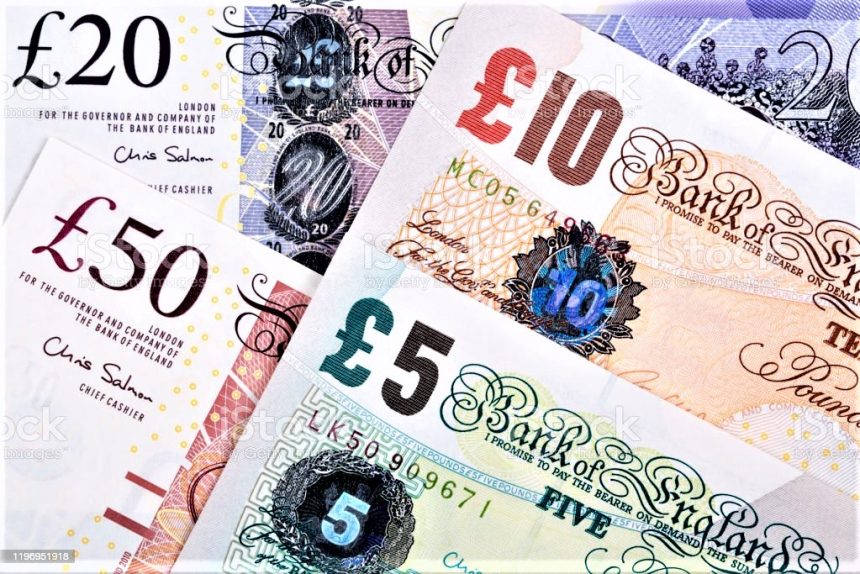Pound sterling returns to a five-day high near 1.3200 against the US dollar, with the US NFP in focus.
Pound Sterling (GBP) eases marginally after nearly reaching 1.3200 against the US Dollar, and it performs poorly against its other major counterparts on Friday. The British pound falls somewhat as investors become cautious in the absence of top-tier UK economic data. As a result, market sentiment and conjecture about the Bank of England (BoE) interest rate path are directing the value of the currency.
The BoE anticipated to decrease interest rates only once more this year.
The British currency’s near-term outlook has recently been positive, with investors expecting the BoE’s policy-easing cycle to be shallower than that of other central banks. For example, the European Central Bank (ECB) and the Federal Reserve (Fed) predicted to drop borrowing rates by 50 basis points (bps) and 100 bps, respectively, throughout the balance of the year, whilst the BoE is expected to reduce them only by 25 bps.
The fundamental reason for robust conjecture about the BoE’s more slow easing cycle is that the economy is performing better than predicted, and inflation in the services sector remains high.
Next week’s UK calendar, investors will focus on the employment data for the quarter ending July, and the monthly GDP figures for July. Both factors could be important in determining what the BoE will do with interest rates when it meets later this month.
Daily Market movers: Pound Sterling trades sideways against the US dollar.
The pound sterling edged lower after reaching a new five-day high near round-level resistance of 1.3200 in Friday’s European session. The Pound pair broadly consolidating versus the US Dollar (USD) ahead of the August Nonfarm Payrolls (NFP) data. Which will be release at 12:30 GMT.
The US Dollar Index (DXY), which analyzes the US dollar’s value against six major currencies, has fallen marginally below the critical support level of 101.00.
Economists expect that US firms employed 160K new workers in August, up than the 114K increase seen in July. In the same period, the unemployment rate is predicted to fall to 4.2% from 4.3% in the previous publication. Investors will also be watching the Average Hourly Earnings data, which is a major indicator of wage growth that drives consumer spending and price pressures. Annual pay growth expected to have climbed by 3.7%, up marginally from the previous projection of 3.6%. Average hourly earnings expected to rise by 0.3% this month, faster than the 0.2% increase in July.
This month’s monetary policy decision of the Federal Reserve (Fed) will be shape by official employment data from the United States. The relevance of job data has increased dramatically since the Fed stated that it is more focused on The labor market’s health, given that inflation is on track to return to the bank’s 2% target.
Fed largely expected to begin lowering interest rates following the September meeting.
The Fed largely expected to begin lowering interest rates following the September meeting. However, traders remain divided on the extent of the probable interest rate decrease. The chance of the Fed implementing a big interest rate decrease has increased this week following the release of bad US JOLTS Job Openings data for July and ADP Employment Change data for August, which added to evidence of significant fractures in the labor market.









